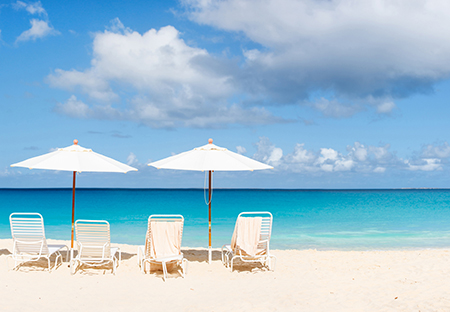Discover the pristine beauty of Alaska’s rugged coast, as well as Canada’s Inside Passage and the Aleutian Islands. In Misty Fjords National Monument and on remote islands you’ll visit where nature reigns free. As we go, keep an eye out for brown bears on Kodiak Island and in Katmai National Park, and scout for whales, fur seals, birds like bald eagles and rarities like the Kittlitz’s murrelet as we voyage north.
Meet people belonging to Indigenous Tlingit and Unangan cultures, hunt for petroglyphs in Wrangell, and follow in the footsteps of gold prospectors and explorers on your expedition cruise. You’ll visit the picturesque ghost town of Unga and uncover ancient stories on mossy totem poles at Chief Shakes Tribal House, and you’ll go home with a profound sense of knowing the culture, ecology and history of this beautiful region.
Inclusions
- 1 night pre-cruise hotel in Seattle
- Airfare from Seattle to Nome
- Transfers from the hotel to the airport in Seattle and from the airport to the ship in Nome
- 16 night expedition cruise from Nome to Vancouver aboard MS Fridjof Nansen (HX/Hurtigruten Expedition)
- Wine, beer and spirits available at meals and throughout the day and evening*
- Meals and take-away available throughout the day during Fredheim restaurant opening hours
- Complimentary tea, coffee & soft drinks
- Complimentary Wi-Fi on board**
- Complimentary reusable water bottle
- Complimentary polar expedition jacket, a backpack, or another piece of HX kit
- English-speaking Expedition Team who organize and guide activities, both on board and ashore
- Gratuities
- Book by Jun 30: Reduced rates! (price includes discount)
| Cruise Only | July 7, 2025 | September 8, 2025 |
| Polar Outside | ||
| Arctic Superior | ||
| Expedition Suite | ||
| Rates in USD. Per person based on double occupancy. Taxes & Fees are included |
||
*Subject to licensing laws; excludes premium drinks
**Wi-Fi and phone reception are very limited in the remote areas where we travel, and streaming is not supported.
- Experience Alaska’s wild nature and rich culture as you cruise from Nome to Vancouver, exploring the remote Aleutian Islands and towns of the Inside Passage.
- Scout for bears in Katmai National Park and Kodiak Island, and look out for whales, seals, sea otters and rare birds like the red-legged kittiwake.
- Discover the untouched scenery, fascinating history and wild atmosphere of the remote, isolated islands of St. Paul and St. Matthew.

| Day | Ports |
| 1 | Seattle |
| 2 | Nome |
| 3 | At Sea |
| 4 | St. Matthew |
| 5 | St. Paul |
| 6 | At Sea |
| 7 | Dutch Harbor |
| 8 | Unga |
| 9 | Alaska Peninsula |
| 10 | Katmai National Park |
| 11 | Kodiak Island |
| 12 | At Sea |
| 13 | Icy Bay Glacier |
| 14 | Sitka |
| 15 | Wrangell |
| 16 | Misty Fjords |
| 17 | Cruising Inside Passage |
| 18 | Vancouver |
Day 1: Scenic Seattle
Your expedition cruise starts with an overnight stay in Seattle.
If you can, why not arrive early and see what the Emerald City has to offer? Head to the Seattle Aquarium to see sea otters and a giant Pacific octopus. Or for incredible views of Puget Sound and the surrounding mountains, take a stroll through the nine-acre Olympic Sculpture Park, admiring the work of renowned artists as you go.
For a feast of the senses, visit the famous Pike Place Market. Operating for over a century, this lively farmer’s market boasts everything from buskers and bars to salmon-throwing fishmongers!
Day 2: Launch your adventure in historical Nome
Today, we’ll fly you from Seattle to Nome for the start of your expedition cruise.
Set at the tip of the Seward Peninsula and overlooking the Bering Sea, Nome is perhaps the most famous Gold-Rush town in Alaskan history. There are artifacts from this era to be seen everywhere, including abandoned dredges, turn-of-the-century steam engines, and old railroad tracks.
Nome was also the end point of three of Roald Amundsen’s great polar expeditions, including an attempt to reach the North Pole by air in 1926. It’s a fitting place to launch your grand Alaska adventure.

Day 3: Crossing the Bering Sea
Spend your first day at sea chatting with fellow explorers or just watching the world sail by out on deck. You’ll have plenty of time to get to know your expedition ship, so perhaps now’s the time to take advantage of its facilities as you settle into expedition mode.
Along with talks by the Expedition Team about what to expect on the voyage ahead, delve into the books in the onboard library and get to know the Science Center. Natural wonders abound here, so keep an eye out for humpback whales and seabirds wheeling through the skies.
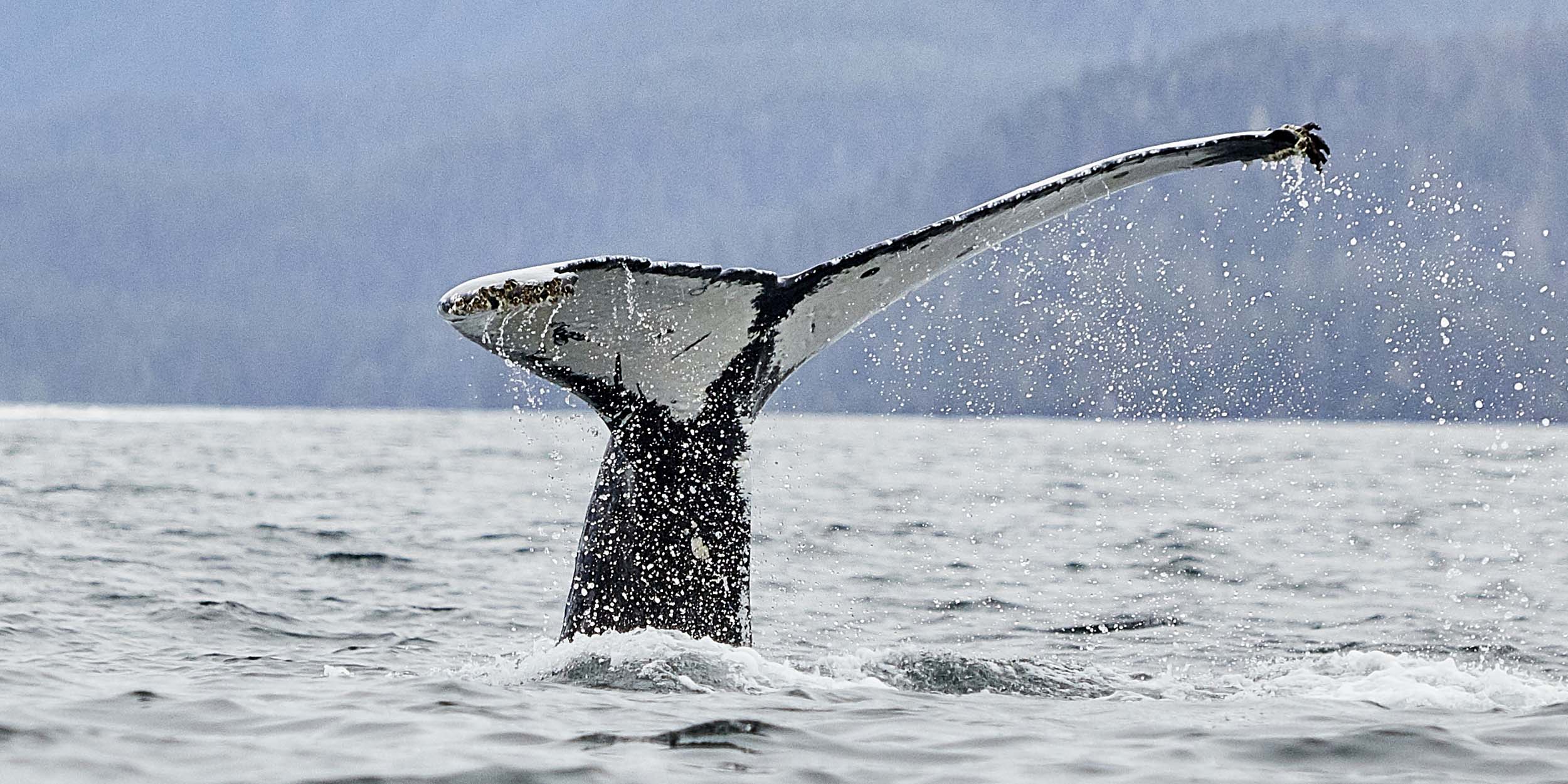
Day 4: Wild St. Matthew
Part of the Alaska Maritime National Wildlife Refuge and 200 miles from the nearest village, St. Matthew Island is wild, remote, and isolated. You’ll see traces of abandoned buildings between black sand beaches and wildflower-dotted tundra. A few hardy souls have tried—and failed—to make a home here.
Today, the only inhabitants are birds, including thousands of puffins, murres, and cormorants. On our nature landing, if we’re lucky, we’ll see the rare McKay’s bunting, which breeds almost exclusively here—and listen out for the sound of the singing vole, which was named after its unusual warning cry.

Day 5: Unangan Life in St. Paul
The windswept island of St. Paul is home to the largest Unangan community in the US, numbering around 480. You can visit the historical remains of barabaras here—traditional dwellings built halfway underground to protect against the sea winds.
St. Paul is also designated an Important Bird Area, and around 300 species of migrating birds use it as a resting point. Scan for horned and tufted puffins, the Pribilof sandpiper and the rare red-legged kittiwake.
On the shore, you may find northern fur seals waddling and playing—half the world’s population of these charming animals lives on these islands.

Day 6: Learning and Leisure
We’ll continue south through the Bering Sea from the Aleutian Islands toward our next stop of Dutch Harbor. The Expedition Team will prepare you for our upcoming destinations and continue their lecture series.
Keep scanning the seas and skies for puffins, auklets, and murrelets, especially closer to the coast. If you’re lucky, you might glimpse the red-legged kittiwake, which is only found in this part of the world.
If you’d like to take it easy, you can take in the panoramic views from our Explorer Lounge & Bar, from the infinity pool or the outdoor hot tubs.

Day 7: Discover Dutch Harbor
America’s largest fishing port, Dutch Harbor, is a fascinating place to visit. As we sail toward it you may see Mount Makushin, an occasionally steaming volcano that reaches almost 6,000 ft.
Here, you’ll learn about the local Indigenous Unungan people at the Museum of the Aleutians. Visit the Russian Orthodox Cathedral, or tour the WWII museum commemorating the battle that took place here in 1942.
Scout for bald eagles and puffins. Foxes, lemmings and wild horses thrive on land, while whales, sea lions and porpoises command the waters. Dutch Harbor was the filming location of the reality television series The Deadliest Catch, which follows crab fishermen at work under extreme conditions.

Day 8: The Ghost Town of Unga
Wild and deserted, Unga Village is an abandoned yet picturesque settlement on the southern end of Unga Island.
It was settled by the Unangax̂ people in 1833 but was abandoned in 1969 as subsistence fishing proved insufficient to support living here. Today, the few wooden buildings that remain are the only evidence that people once lived here.
A carpet of pink lousewort, fireweed and other wildflowers surrounds the abandoned shacks as nature has gradually taken over. Experience the eerie beauty of this place during a nature landing with our small expedition boats.

Day 9: The Remote Bays of the Alaska Peninsula
The Alaska Peninsula is an untamed wilderness and a haven for wildlife. The region is characterized by its raw coastal landscapes, towering mountains and secluded bays.
Join your Expedition Team for close exploration of hidden bays and inlets along the shoreline, offering the opportunity to scout for bears, bald eagles, and marine species like sea otters and humpback whales. Learn about the geological evolution of the region, appreciating how natural forces have sculpted the unique topography around you.

Day 10: Brown Bears in Katmai
Your adventure continues in the four-million-acre Katmai National Park, which has over a dozen active volcanoes. Katmai is also home to more than 2,000 protected brown bears—the largest concentration in the world.
Accompanied by an experienced bear guard, we’ll safely scout for bears from the deck or in our small boats (RIBs). They might be foraging for berries, digging for clams or catching fish in the stream.
Depending on conditions, we might visit either Geographic Harbor, Kinak Bay or Kukak Bay.

Day 11: Kodiak’s Brown Bears
Kodiak Island got its nickname, the “Emerald Isle,” due to its spruce forests and grasslands, and it’s the second largest island in the US.
The island’s most famous inhabitants are Kodiak brown bears. Around 3,500 of them live in the Kodiak National Wildlife Refuge, which covers two thirds of the island.
We’ll search for these powerful creatures in their natural habitat, marveling at their size and grace from the safety of our small expedition boat. This perspective offers a rare glimpse into the lives of these bears against the backdrop of Alaska’s breathtakingly rugged landscape.

Day 12: Across the Gulf of Alaska
Your cruise continues across the Gulf of Alaska. It’s the ideal time to enjoy onboard facilities such as the infinity pool, hot tubs, and sauna. Go for a run, hit the gym, or enjoy a massage in the spa.
In the Science Center, the Expedition Team invite you to join lectures about subjects such as Alaska’s wildlife, geology, glaciology, history and culture.
Relax in the Explorer Lounge & Bar and share a drink with your fellow guests, or just sit back and enjoy the view. See if you can spot all three species of North Pacific albatross. The Laysan and black-footed albatross are often sighted, but the short-tailed albatross is harder to spot.

Day 13: Glaciers of Icy Bay
Today is an exploration day in Icy Bay. Three glaciers—Guyot, Yahtse and Tyndall—regularly calve into this bay. If conditions allow, you’ll explore in our small expedition boats or by kayak, immersing you in the remarkable beauty of this icy landscape.
Wildlife abounds in the Gulf of Alaska, offering unrivaled photography opportunities. Humpback whales, orcas, Stellar sea lions, sea otters and harbor seals lazing on floating chunks of ice are often seen in these waters.
Day 14: Blended Cultures of Sitka
Surrounded by Tongass National Forest, Sitka is only accessible by sea or air. Get out on deck for stunning views of the Sisters Mountains and Mount Edgecumbe volcano.
Inhabited by the Łingít people for 10,000 years, the town was settled by Russian explorers around the turn of the 19th century before being sold to the United States after Russia lost the Crimean War. Today, Sitka has roots in all three cultures.
A visit to the Russian Orthodox cathedral and Russian Bishop’s House is recommended. Admire ornate Haida and Łingít totem poles at Sitka National Historical Park and enjoy a walking trail through the forest to the ocean.

Day 15: Wrangell’s Petroglyphs
We continue cruising the Alaskan islands toward Wrangell. Only a mile outside of town, Petroglyph Beach is where you’ll see ancient rock carvings among the sand.
Visit the local museum to learn more about Wrangell’s fascinating past. Now part of the United States, it was once governed by Britain, Russia and the Łingít people. Cross to Shakes Island, where the Chief Shakes Tribal House and totem poles tell the story of the Indigenous Łingít people.
Hikers will enjoy the nature trails surrounded by alluring scenery at the mouth of Stikine River, and the foot of Mount Dewey at the edge of the rainforest.

Day 16: Unspoiled Misty Fjords
Part of the Tongass National Forest, Misty Fjords is a pristine wilderness of evergreens, waterfalls and snowcapped peaks. The revered naturalist writer John Muir described the area as one of the most beautiful places he’d ever seen.
Weather permitting, you’ll join the Expedition Team to tour Misty Fjords in our small expedition boats or take kayaks out.
Misty Fjords is rich in wildlife. You’ll scan for mountain goats, black and brown bears and moose as you explore. The waters are home to Pacific salmon, otters, Steller sea lions, harbor seals, orcas and Dall’s porpoises. Skyward, you might spot herons and bald eagles.

Day 17: Canada’s Inside Passage
The Inside Passage coastal route takes us through the great North American Pacific Fjordland, a protected stretch of water over 930 miles long. Unlike other cruises, which pass through at night, you’ll be able to view the sublime scenery in all its glory during the day.
Our smaller expedition ship allows us to reach areas that larger vessels can’t, meaning you’ll get to explore lesser-traveled channels with breathtaking scenery. Keep your cameras and binoculars at the ready to catch sight of whales, including humpback, fin, minke and perhaps even orca.
Day 18: A Taste of Vancouver
Your expedition cruise ends in Vancouver, a beautiful city at the foot of the Rockies. Visit Gastown, the city’s oldest neighborhood, and climb Vancouver Lookout for a citywide view overlooking neon-lit Granville Street, the West End beaches, and the towering cedars of Stanley Park.
Vancouver has a flavor all its own—and so does its global cuisine. Before your onward journey, we recommend you dine out in Chinatown, Punjabi Market or Little Italy for a taste of the city’s buzzing atmosphere.

Hurtigruten Group is the leader in the travel industry towards a greener future.
Committed to taking care of our guests, wildlife, nature, and the communities we visit, we’re setting a new standard of sustainability for the travel industry.
Exploring our blue planet for more than a century has taught us the importance of being green.
We are now supporting 41 environmental, cultural and social projects in 11 different countries. These range from helping endangered orcas in the Pacific Northwest and protecting Galápagos seabirds, to securing safe spaces for vulnerable Greenlandic children and enabling community storytelling for the Itquamavit elders in Canada’s frozen north. We hope that the ripples we create today will one day turn into the waves of the future. With the UN’s Sustainable Development Goals as our compass, our cruises to the planet’s most stunning corners are where explorers can truly feel at home. After all, it’s not about us, it’s about all of us.
Saying Goodbye to Plastic
We announced our war on plastics in 2018 when we were the first expedition company to ban non-essential single-use plastic throughout our entire operation. That means you won’t find items like plastic cups, plastic straws or plastic cutlery on board our ships. You also won’t see our shops selling microplastic-made fleeces but stocking natural wool clothing instead. Absent too are plastic water bottles. We provide all our guests on an expedition cruise with a complimentary high-quality reusable bottle for use at water refill stations dotted around the ship. This simple act saves at least 1,000 plastic bottles a day on some of our larger ships.
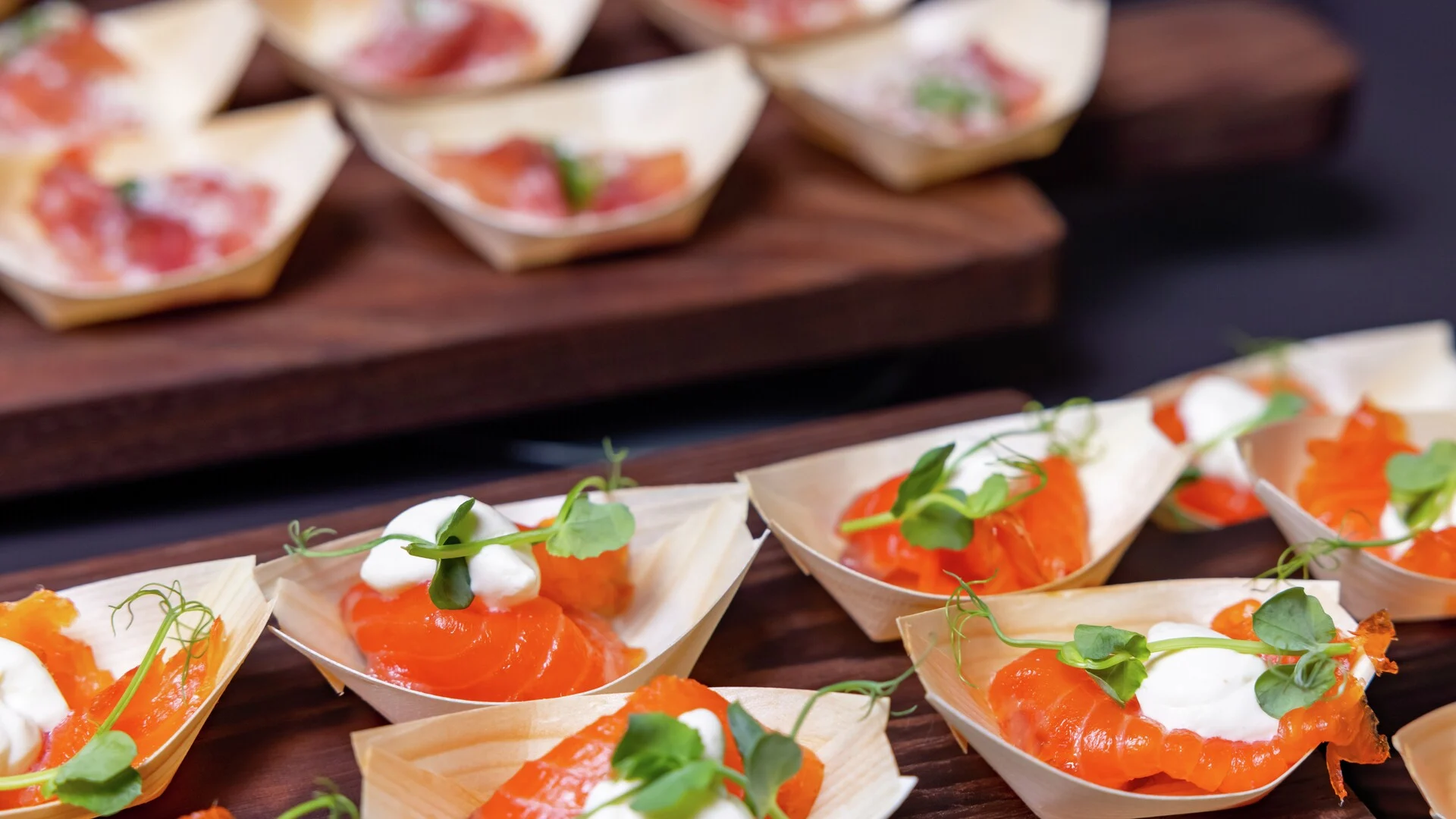
Inspiring Environmental Ambassadors
Witnessing the beauty of our planet is sure to leave a lasting impression on you, and you’ll talk enthusiastically about these stunning destinations with friends and family for decades to come. To make sure you can speak informatively when you return home, every one of our expedition cruises has a focus on the environment.
The Expedition Team give lectures that raise awareness of climate change, ocean plastic, and the measures we can all take to help ease these issues. It is our hope that engaging with nature on our expedition cruises will inspire you to do all you can to cherish and protect the precious world we all share.
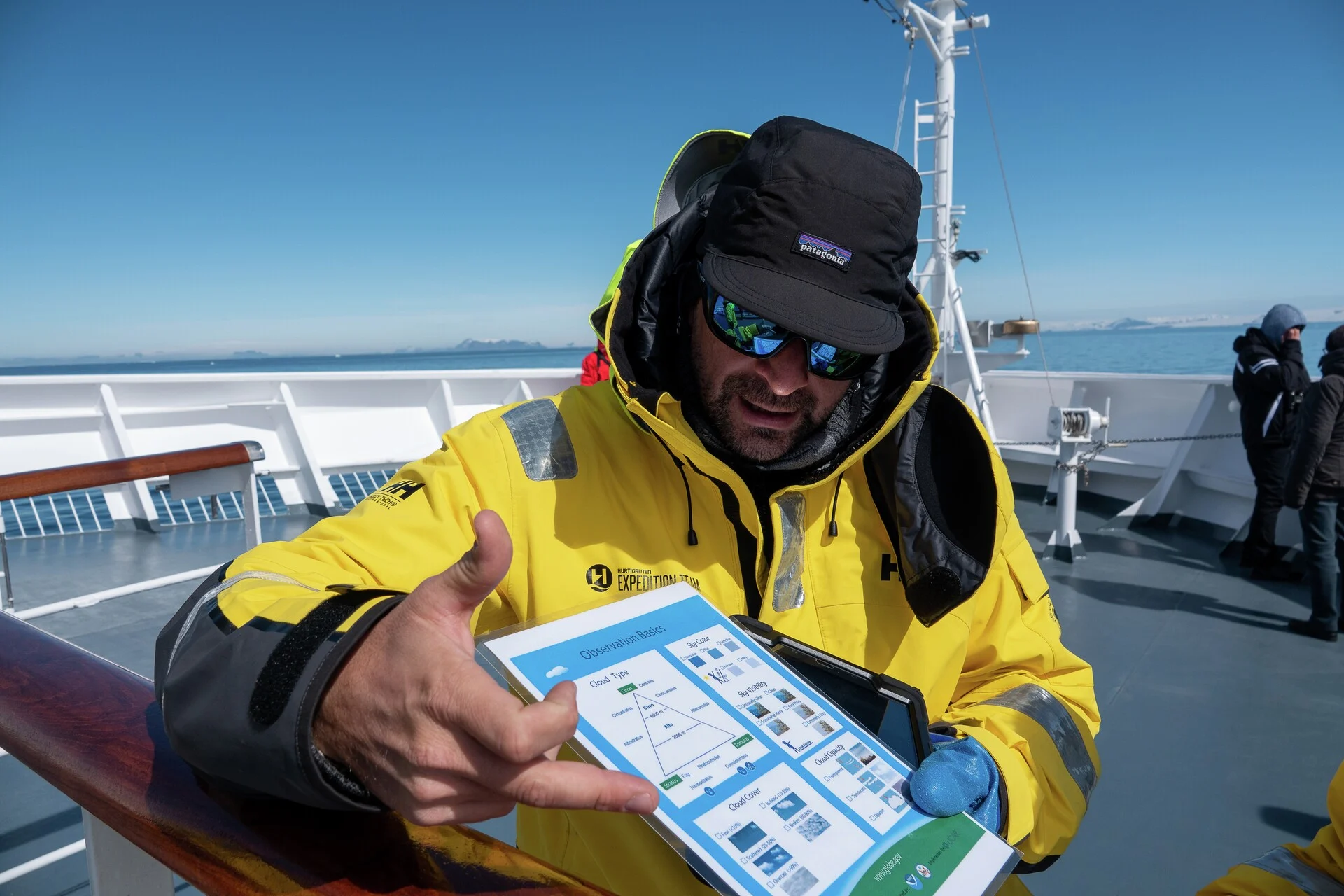
Connecting With Communities
We are dedicated to supporting the local communities we visit, and to creating beneficial ripple effects that continue long after we’ve left. By trading locally and sourcing services such as food produce and excursions from local suppliers, we contribute to the livelihood and welfare of people.
We strive not only to connect with these communities, but to share genuine friendship with them while always respecting their values and customs. As guests in their home, our emphasis is on appreciating their unique culture and ensuring our interactions are positive and upbuilding for all. You can therefore enjoy authentic experiences knowing your visit is doing good, both for you and for them.
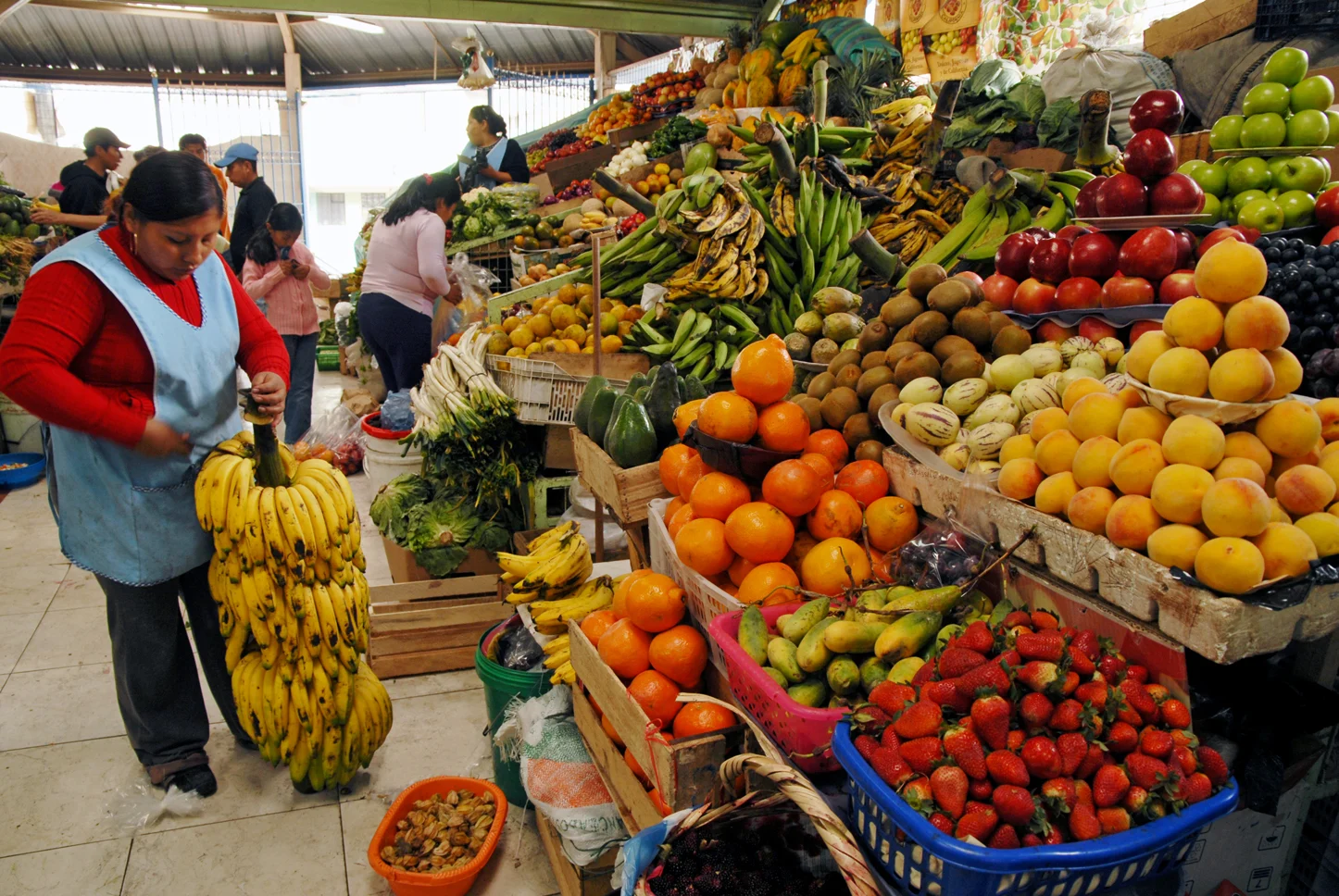
A Footprint We’re Proud Of
You’ll likely encounter a range of wildlife during your expedition, doing so from a safe distance. We’ll be sure to never get too close to them, out of respect for their welfare as much as yours. By not disturbing wildlife with our presence, you’ll be able to observe their natural behavior, in their natural habitat. We want to leave nothing but footprints and take nothing but pictures! In fact, in many of the areas we visit in Antarctica, we even specifically wipe out our footprints so as to prevent penguins tripping and falling into them.
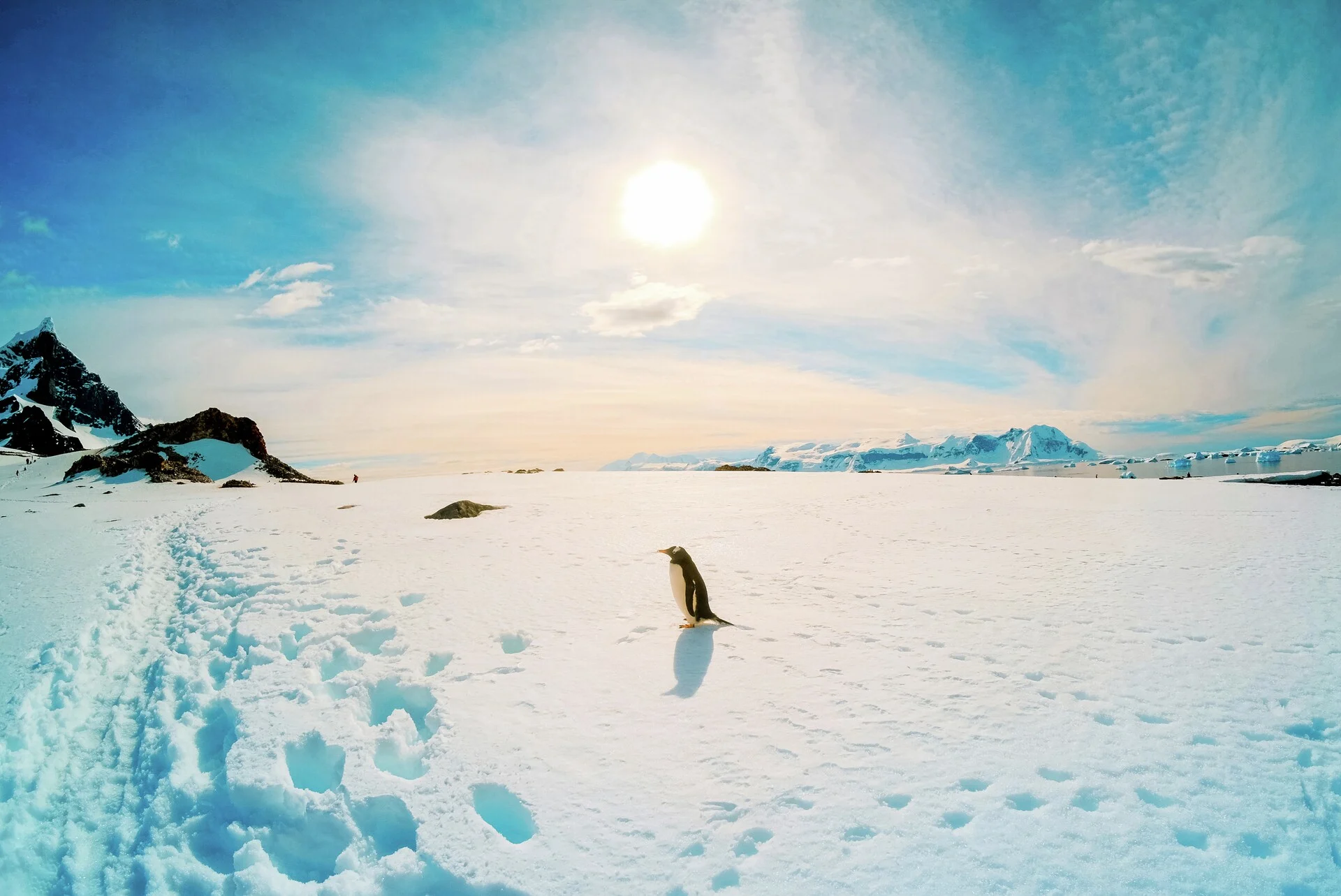
Working Together As One
Sustainability isn’t something we can do alone. Everyone in our industry needs to work together for a greener future. We are therefore founding members of the Association of Arctic Expedition Cruise Operators (AECO) and members of the International Association of Antarctica Tour Operators (IAATO). These trade member organisations work to establish sustainable tourism in polar regions, fighting mass tourism by limiting ships and shore visits, and creating guidelines that protect fragile environments and rare wildlife.
We’ve also committed ourselves to the UN’s Sustainable Development Goals. These guiding principles will take us steps ahead of current regulations to offer you greener and more sustainable expedition cruises on and for the planet.
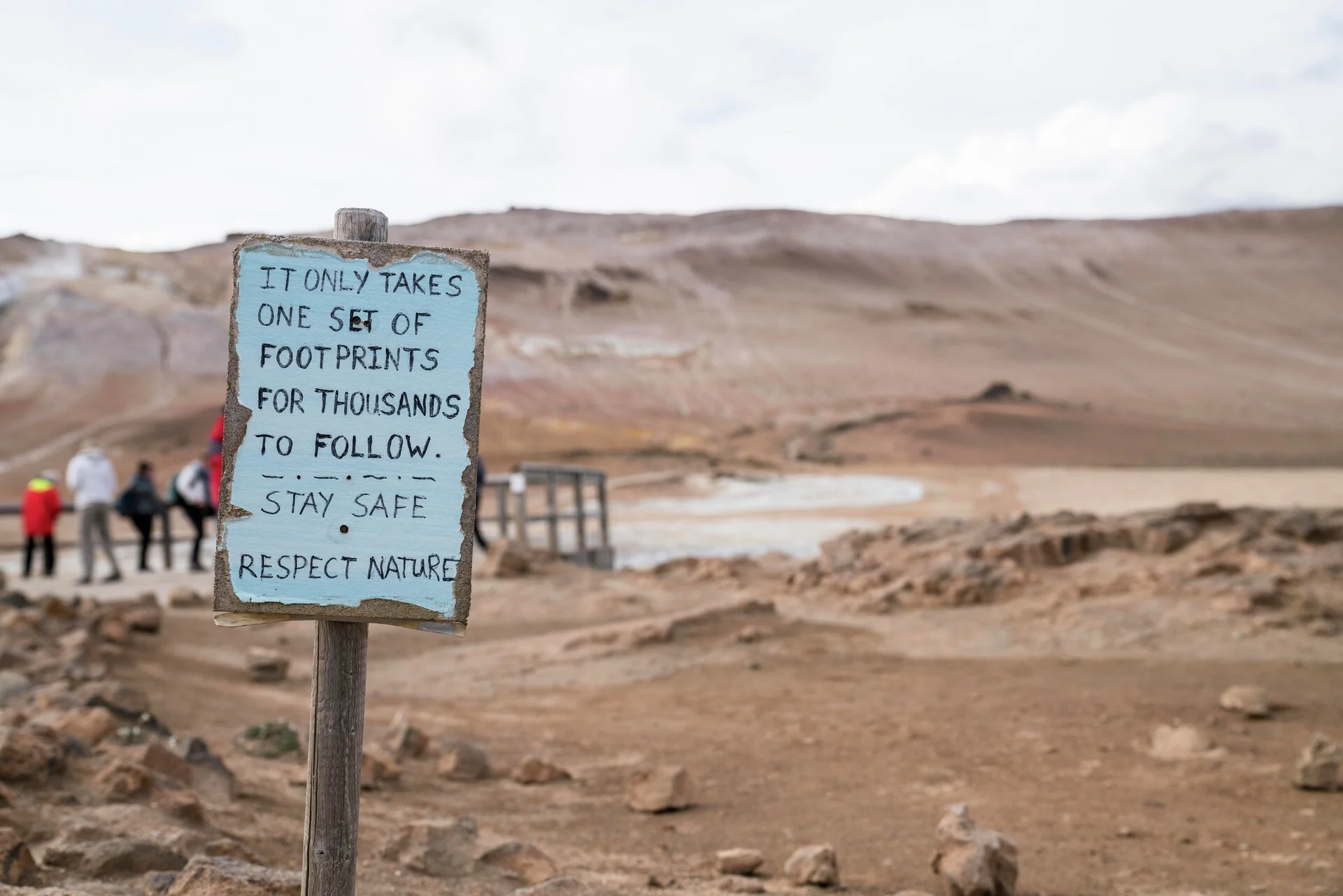
Serving Planet-Friendly Plant-Based Food
We offer full menus of delicious plant-based dishes that will impress even those yet to be convinced by this way of eating. These meals not only have low or even zero CO2 footprints, they also promote healthier living and prove conclusively that vegan and vegetarian cuisine can still taste great. We’ve also put in place food management waste programmes on all our ships, aiming to reduce food waste by at least 30%.
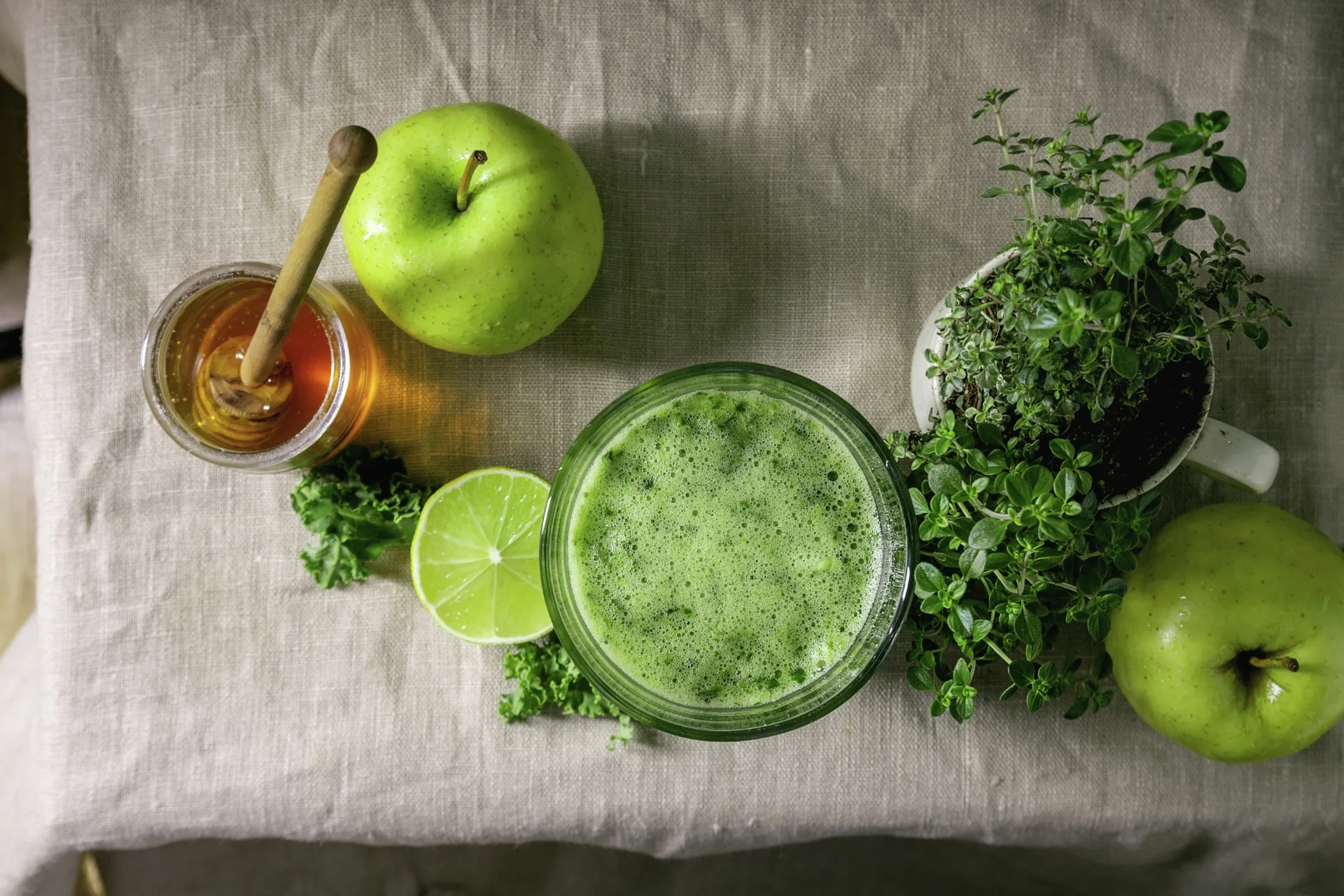
Investing in Green Tech
Building our two new hybrid-powered expedition ships, MS Roald Amundsen and MS Fridtjof Nansen, represents the biggest investment in our almost 130 years of history. They are packed with ground-breaking green technology, such as battery packs, heat recovery systems, and a cutting-edge hull design. These innovations combined reduce carbon emissions by more than 20 %, compared to other cruise ships of the same size.
Hurtigruten stopped using heavy fuel oil more than a decade ago and campaign for its worldwide ban. To set a new standard, we are also considering a range of new, green fuel options, including biofuels made from organic waste.



